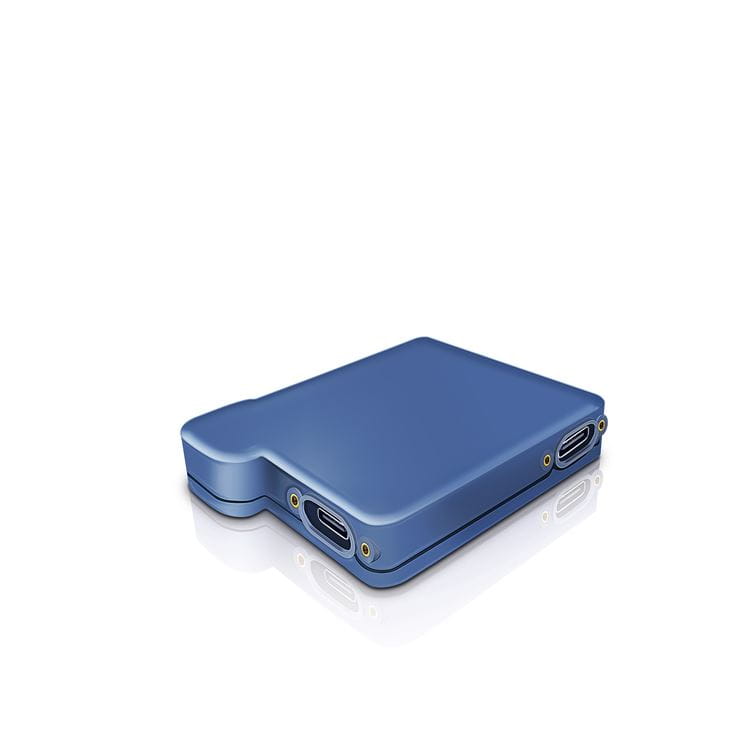Building automation
Industrial grade low power wireless connectivity for building automation and sensor networks

Nordic Semiconductor today announces that Dublin-based defense and security battery specialist, NEST iON, is using a Nordic nRF9160 System-in-Package (SiP) to provide both NB-IoT and LTE-M connectivity in its 68 x 54 x 10mm IOT Power Controller.
“What our controller is designed to do is conserve battery life by only having remote sensors and equipment on when you need them to be on,” explains NEST iON COO, Karl Peters. “Using intelligent sleep mode scheduling, for example, can hugely extend battery operating life. And by monitoring battery levels remotely you can schedule battery replacements with precision to avoid outages being the only indicator that a battery has drained down, which is too late.
“Because the IOT Power Controller is itself battery-powered and needs to be able to operate for extended periods of time we benefit from the Nordic nRF9160 SiP’s extremely low power consumption. This helped us to achieve a sub-350µA sleep current in ultra-low power mode, sub 1mA in sleep mode, and even if operating continuously the unit will only consume 25mA of power. This compares to traditional GSM relays that consume 15mA continuously, even when idle, which is 300x higher than our controller.”

In operation, the IOT Power Controller will search for an NB-IoT signal first because Peters says this is the lowest power cellular IoT option. But if it can’t find a signal, it will use the dual-mode functionality of the Nordic nRF9160 SiP to automatically switch to searching for an LTE-M signal instead. The IOT Power Controller can also be configured to ‘wake on motion’ and connect to the cellular network from deep sleep mode if it detects motion using an accelerometer. The IOT Power Controller is also designed to be able to operate underground in locations such as car parks, basements, or buried equipment locations.
A partner Android app gives critical battery data including percentage charge left and days of operation remaining, battery voltage, current and current used, plus the state of the IOT Power Controller’s internal relay (red is closed = on and white is open = off). The app can monitor up to 50 devices simultaneously.
Peters says he believes there are many IoT applications that could benefit from The IOT Power Controller. “Telecommunication applications employ a lot of battery-powered equipment in remote areas for example,” Peters says. “This is also why the IOT Power Controller is ruggedly built, including being IP67-rated which required it to be completely sealed to protect from dust and sand, as well as water-proofed.”
NEST iON is developing a range of add-on accessories for use with the IOT Power Controller to maximize its application range. These include a bridge that will allow any number of extra sensors to be added, a light sensor, microphone sound sensor, and an infra-red (IR) motion detection sensor.
Industrial grade low power wireless connectivity for building automation and sensor networks